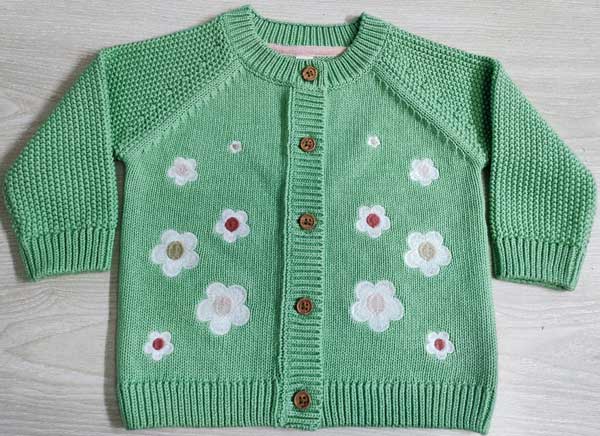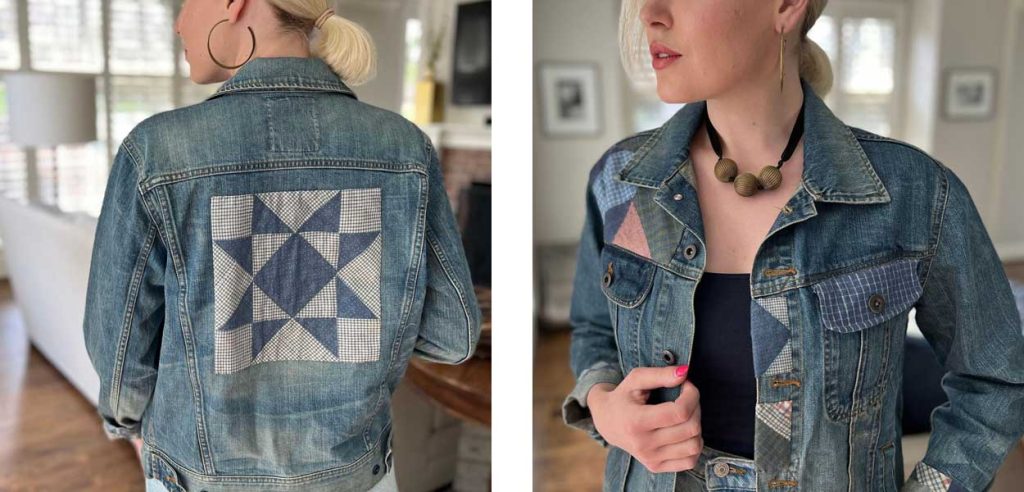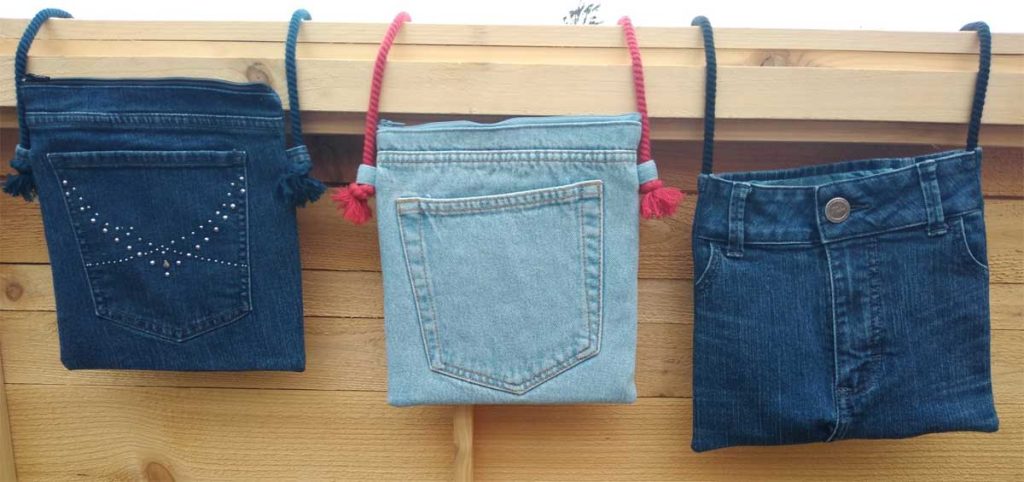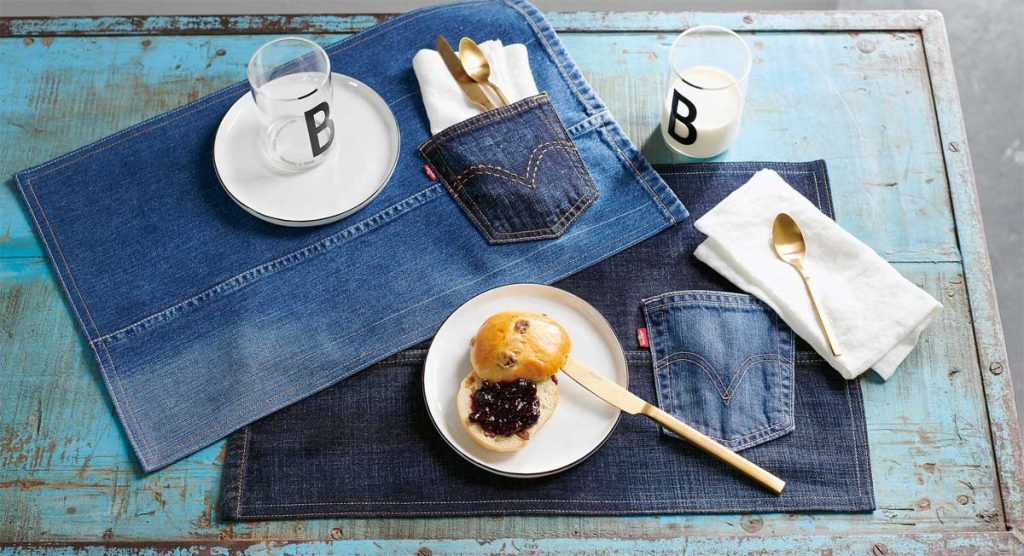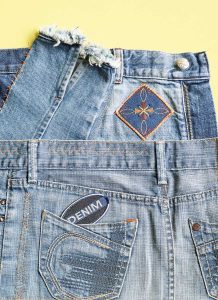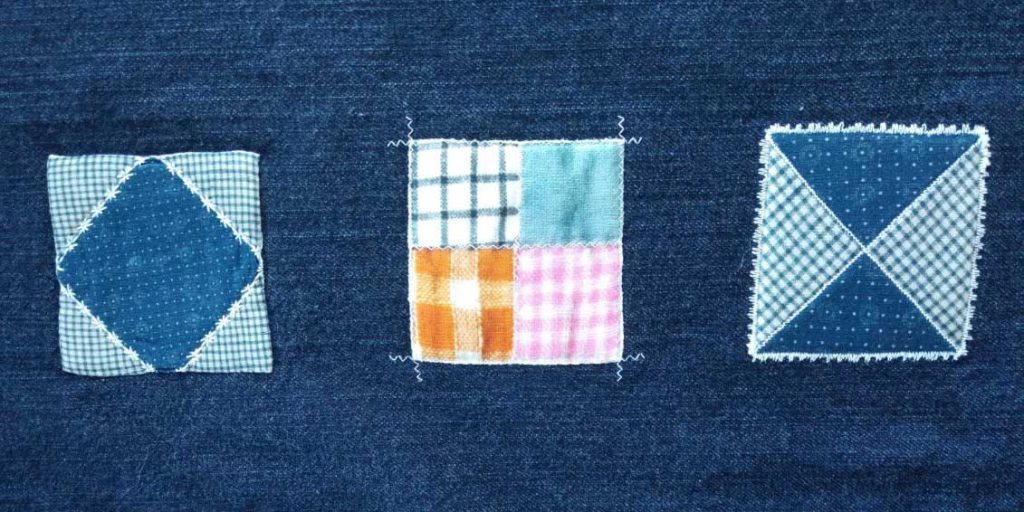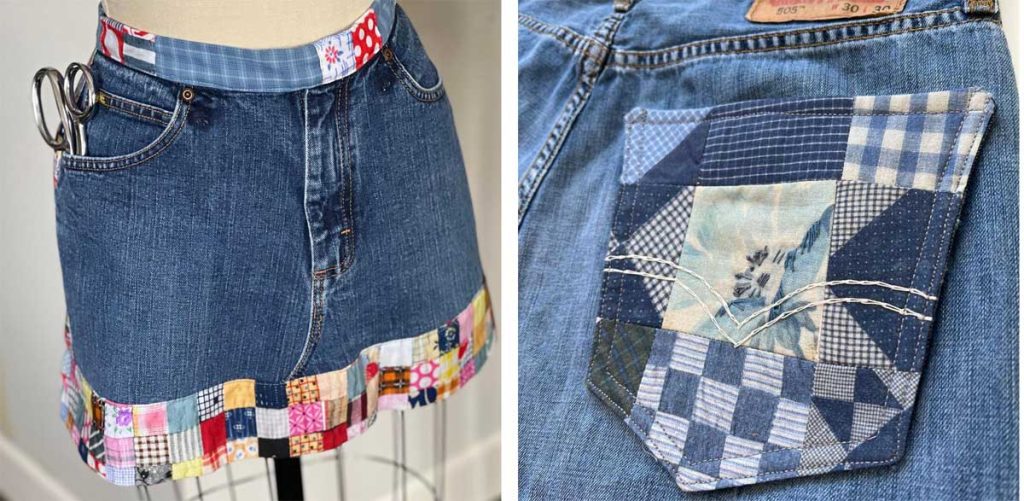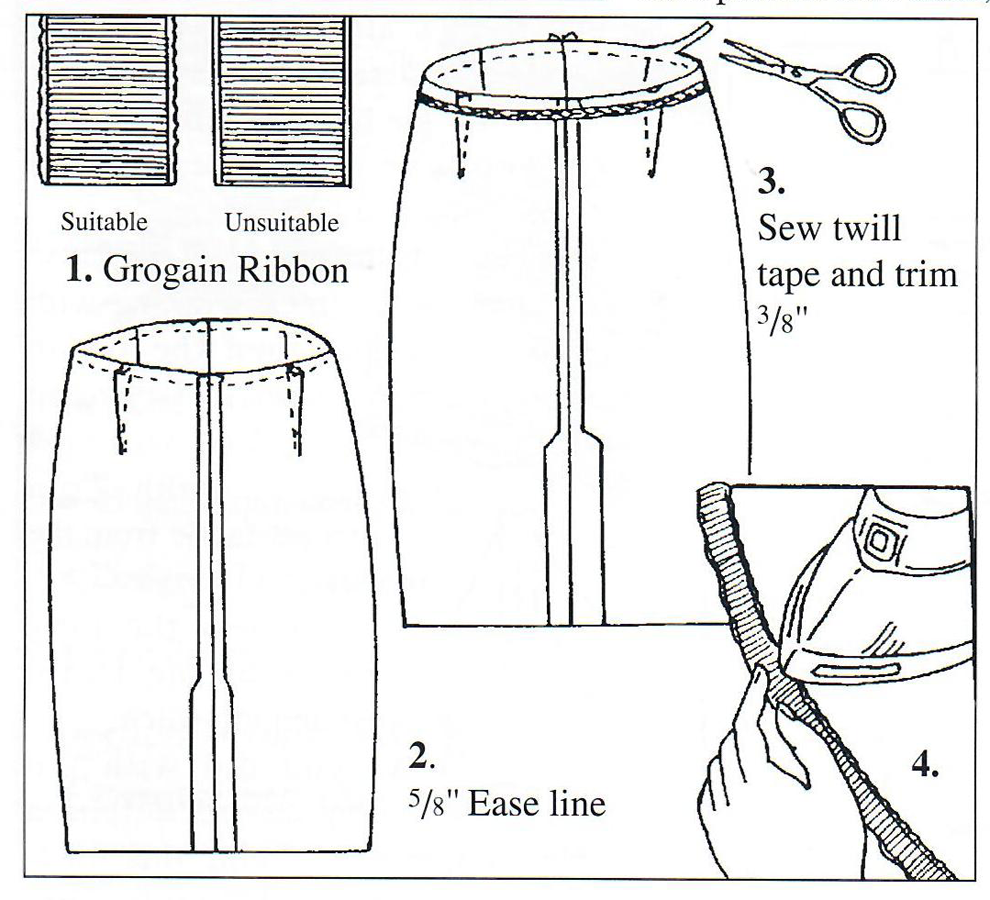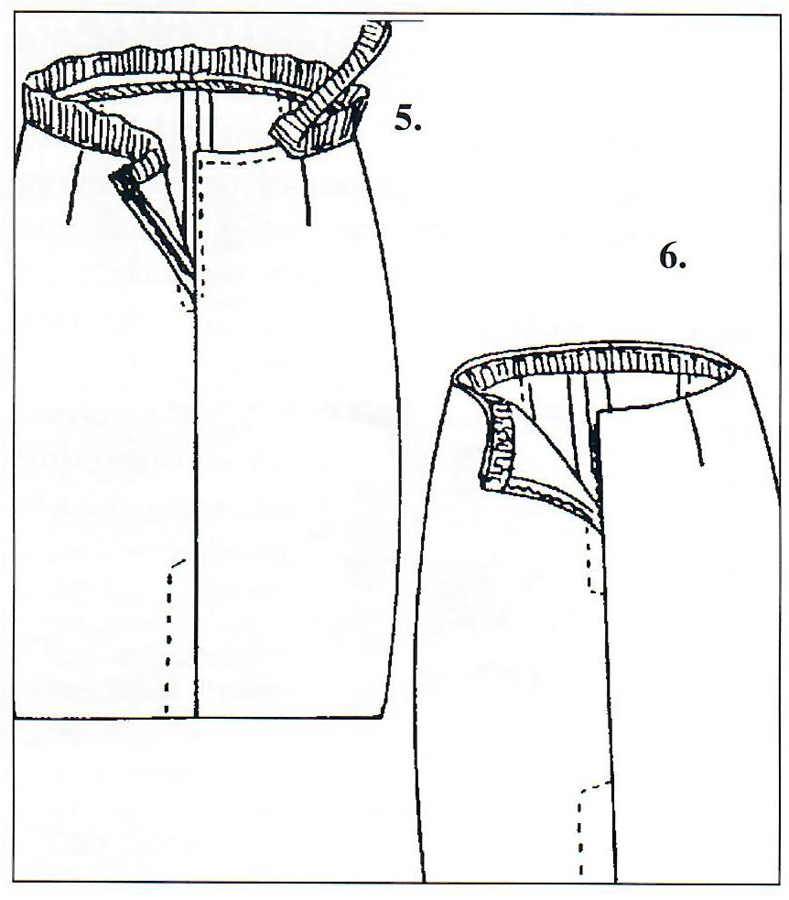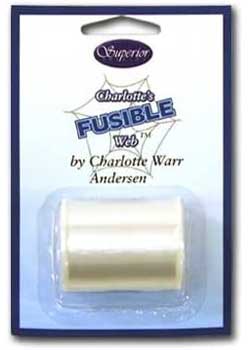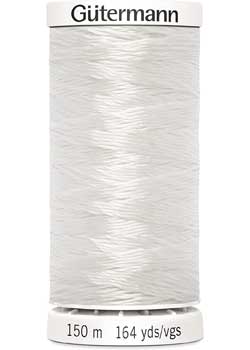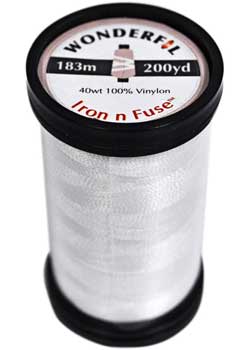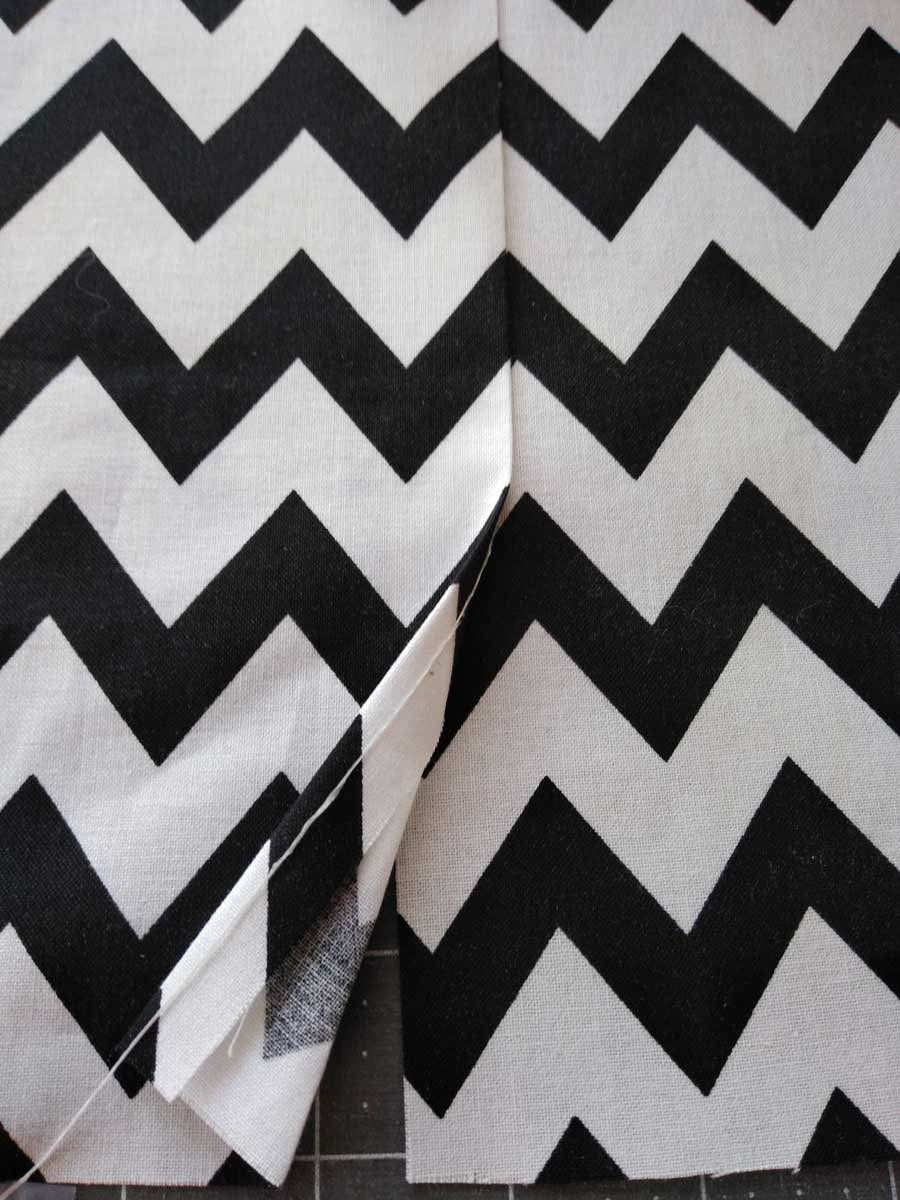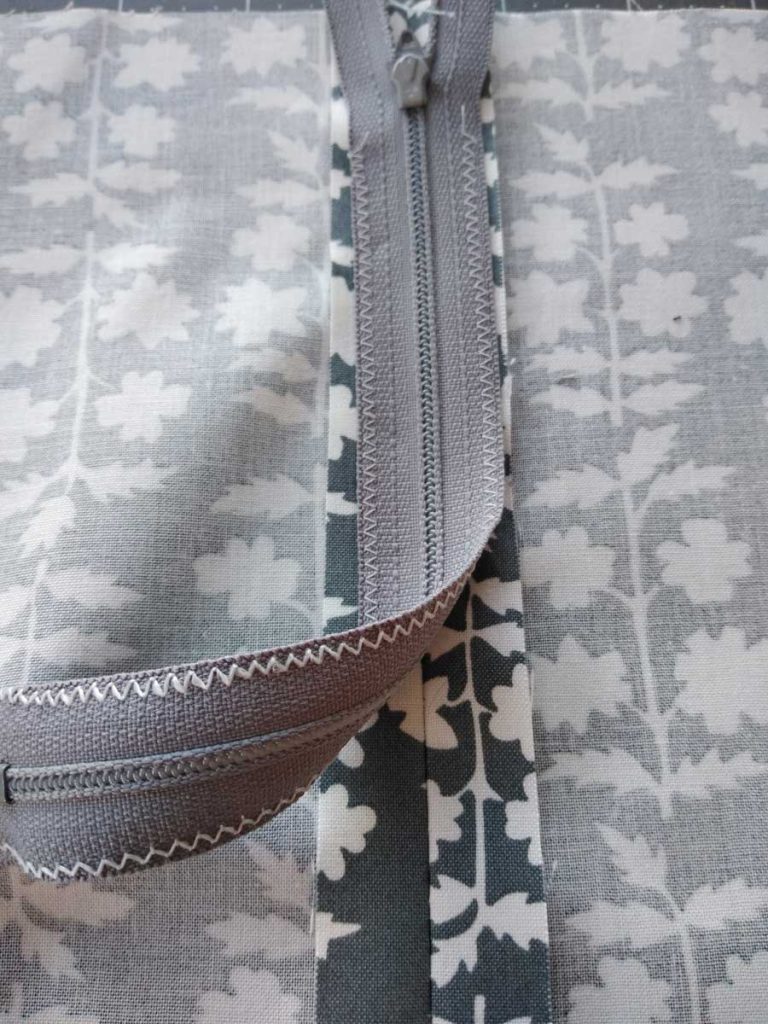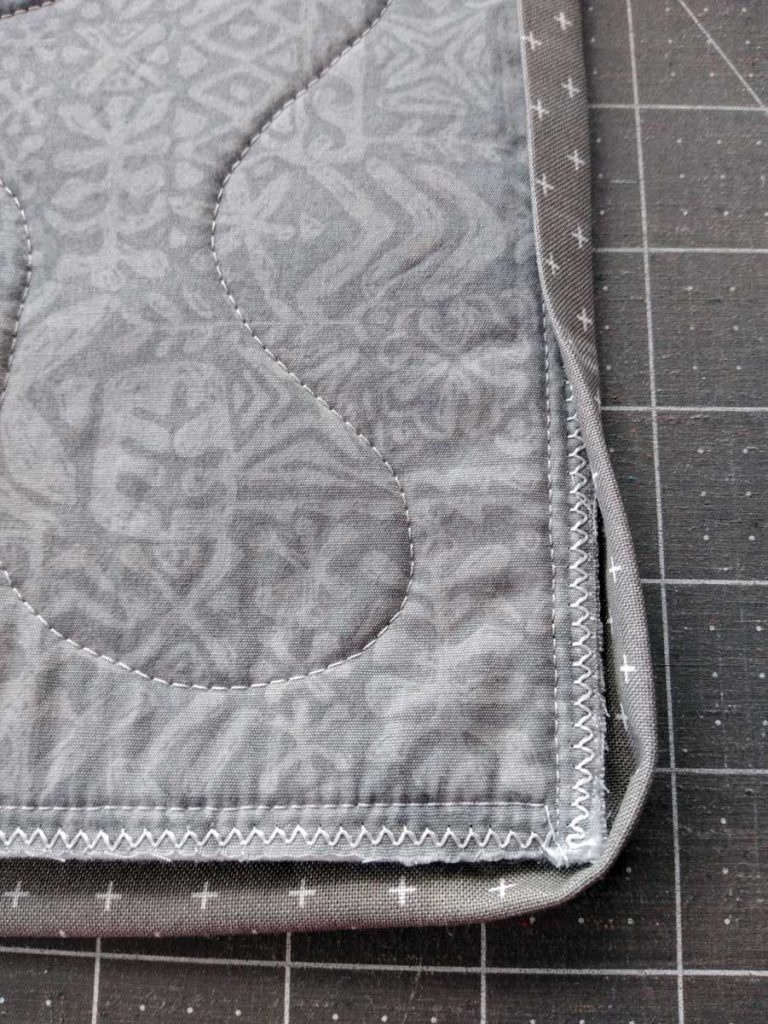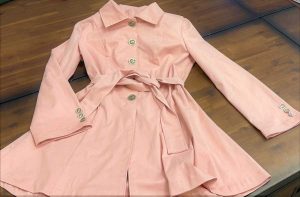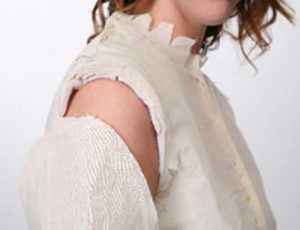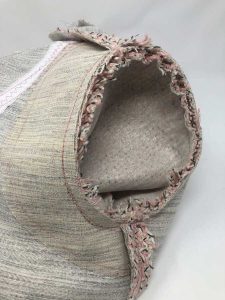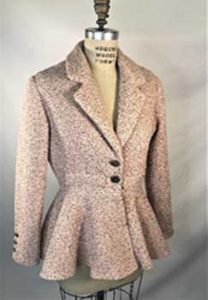One of the most common questions that comes up in the embroidery process, next to which stabilizer to use, is how to embroider specialty fabrics. While most embroidery designs will sew out easily on a smooth fabric, if you’re sewing on a fabric that has a little texture or special features, there are several things you need to take into consideration. One concern is the texture of the fabric — for slightly textured fabrics such as a pique knit, you may only need to use a topping. But for others, you may need to adjust the design.
Embroidery on Knits
The full article is in the Members area of the website. CLICK HERE to read the full article. Not a member? Join online!





